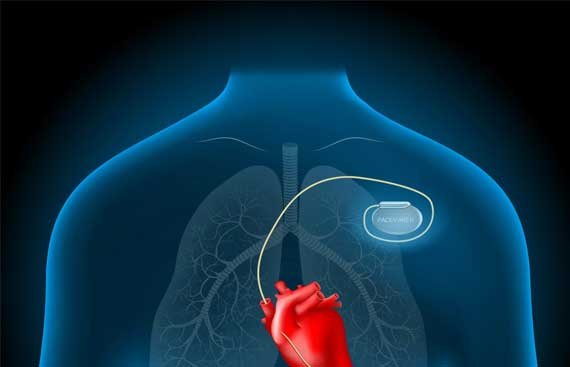
Heart health is vital for a long and active life, and when the heart’s natural rhythm falters, modern medical technology offers effective solutions. One such life-enhancing device is the pacemaker — a small electronic device that helps regulate your heartbeat.
A pacemaker is a small device that is surgically implanted under the skin of your chest or abdomen to help manage irregular heart rhythms (arrhythmias). It sends electrical signals to your heart to ensure it beats at a normal, steady rate.
Pacemakers are typically recommended for people with:
“A pacemaker doesn’t just regulate your heartbeat — it restores confidence and improves quality of life.”
The pacemaker monitors your heart rate continuously. When it detects a rhythm that is too slow or irregular, it delivers a small electrical impulse to stimulate the heart to beat at a normal pace. Most modern pacemakers adjust the heart rate automatically based on your activity level.
Ensures your heart maintains a consistent and healthy beat.
A steady heartbeat helps your heart pump blood more efficiently, improving oxygen delivery to the body.
Helps relieve dizziness, fatigue, and fainting episodes caused by slow or irregular heartbeats.
Many patients resume daily activities with greater energy and confidence after pacemaker implantation.
In certain patients, pacemakers (especially biventricular ones) can help coordinate heart muscle contractions and improve cardiac output.
Living with a pacemaker usually involves minor adjustments. Regular check-ups will ensure the device is working correctly. Most people return to normal activities, travel, and even moderate exercise — all under medical guidance.
A pacemaker is more than a medical device — it’s a lifesaving solution that empowers individuals with rhythm disorders to live healthier, more active lives. If you experience symptoms like persistent fatigue, dizziness, or heart palpitations, consult a cardiologist to see if a pacemaker might be right for you.